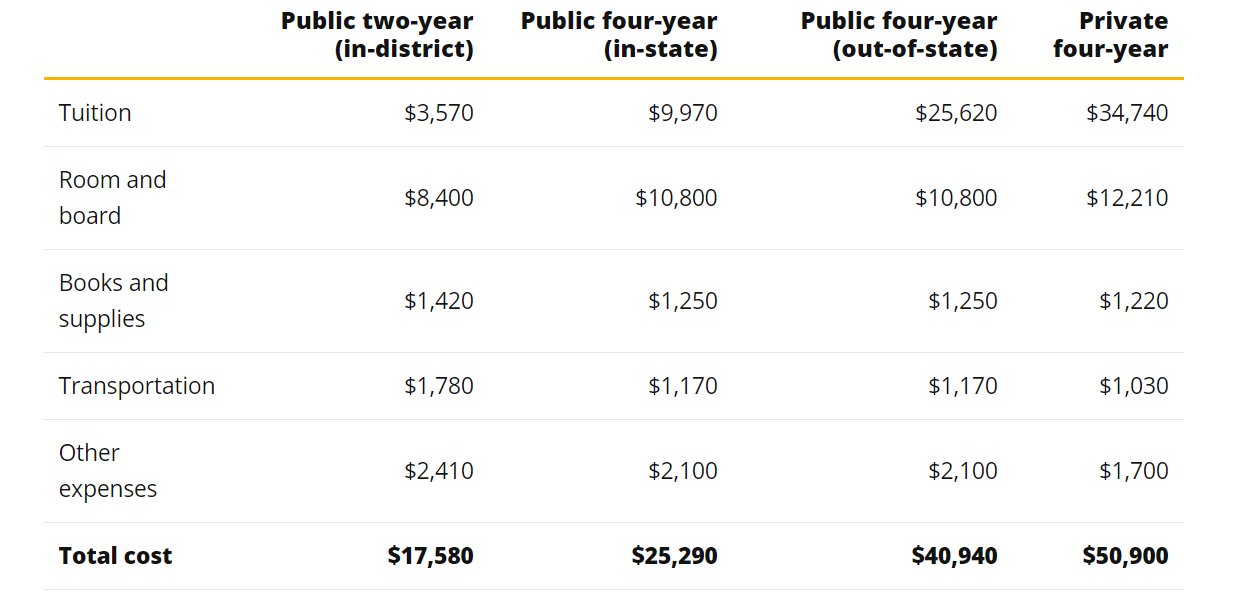Rodger Tucker
Student

What are student activity fees?
Just like cellphone bills that have an administrative fee, tuition fees include something similar. Each year tuition fees can range up to $51,000 if not more for students. And of those fees’ portions are used by the school for expenses. Expenses are listed as student activity fees or something similar on your tuition receipt.
They help cover the cost for electricity, water, Wi-Fi, paper, landscaping, and other needed expenses.
Average cost of college a year
Some can argue that just like toilet paper, Wi-Fi is an essential need for students. Students use laptops, tablets, and other devices that need internet for course work and material. If students cannot access the internet, they will have to put off the assignment later until they have a good connection. This plain and simple causes delays and creates a stressful atmosphere. It is a fact that having a fast and reliable internet connection increases student productivity and a smooth course completion.
As we talked about in my previous article, the benefits of 5G will provide another strong source for Wi-Fi across campuses. Nodes can be put up around campus and not only will 5G phones benefit, but all Wi-Fi devices will.
This past year due to COVID, we have seen a huge rise in online usage. Not only are we seeing online classes rise, but we are seeing a huge rise for the demand of faster speeds. Billions of dollars are spent every year for high-speed internet each year, and from students it is an estimated $800 million per year!
Will Student Tuition Fee’s Include the cost for 5G?
Many cities across the nation are investing into 5G. The city of Orlando is investing the money to put about 20,000 nodes up to provide about 60% coverage of 5G in their dense down and touristy International Drive.
Each node will be placed 90ft apart and will provide 5G Highband speeds that can are so fast they can download or upload massive files in seconds seconds. For example, if you download a 4GB file, like a movie, you might be able to do that in about 5 minutes on today’s fastest 4G LTE networks. On a 5G Highband connection, that same movie would take only 30 seconds. However, the only catch is that you must stay within 80 feet of a tower or transmitter to get those speeds according to PCMag.
“What we have beginning to happen is a lot of nodes occurring on Orange Avenue. If you were to line them all up, you’d be looking at a node every 90 feet,” Chief Planner Doug Metzger said.
So if campuses such as UCF are also wanting to see these same speeds, a node will be needed in every classroom.
Conclusion
I believe this is the next step in our internet evolution. Campuses nationwide combined are already spending millions every year in Wi-Fi. Eventually traditional ways will get bogged down as were seeing a lot lately. A 5G campus could be part of our tuition fees in the future. This may cause controversy, but it will provide big benefits for students and faculty nationwide.
ABOUT THE AUTHOR
Rodger Tucker
Student Author - Summer 2021







